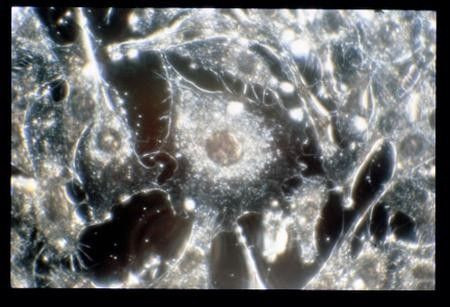Cancer Death Rates Fall

There has been a 22 percent fall in cancer death rates over the past two decades, according to the American Cancer Society's annual statistics report. More than 1.5 million cancer deaths have been averted, which would have occurred had peak rates persisted. The data also suggests a more significant decline in cancer death rates in the northeastern states, as compared to a weaker decline in the southern states.
The report estimates that 1.7 million Americans will be diagnosed with malignant tumours and that 589,430 will die from them in 2015. Cancer is the chief cause of death among Americans aged between 40 and 79 years. It will overtake heart disease as the biggest killer in the coming years. There are four major types of cancer deaths - from a cancer of the lungs, breasts, prostate and colon. Prostate, lung and colorectal cancers will account for about half of the cancer cases among men, with prostate cancer accounting for about one-fourth of new cases.
The peak in cancer related deaths occurred in 1991, largely driven by lung cancer deaths among users of tobacco. Now the fall in cancer deaths can be correlated to the fall in number of smokers in this century as well as to early detection and to advanced medication. Lung cancer death rates fell by 36 per cent between 1990 and 2011 among males, and by 11 percent between 2002 and 2011 among women.
During the years 2007-2011, there was a greater decline in cancer-related deaths among men at 1.8 percent than among women at 1.4 percent. Death rates for breast cancer declined by about 35 percent from peak rates, while prostate and colorectal cancer death rates are each down by about 47 percent.
The American Cancer Society compiles data from the National Cancer Institute and the Centers for Disease Control and Prevention and gets mortality data from the National Center for Health Statistics.
To contact the writer, email: sonali.raj@gmail.com





















